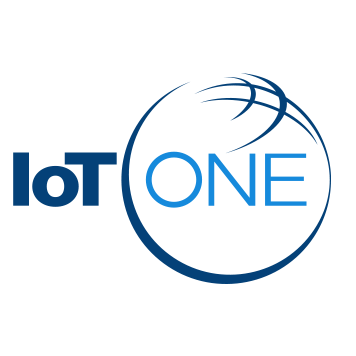Overview
this profile, please contact us at team@asiagrowthpartners.com
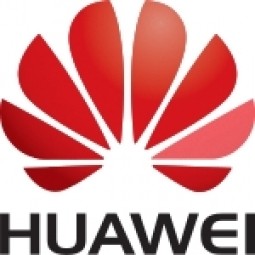 |
HuaweiBuilding A Better Connected World. |
| China | |
| Shenzhen | |
| 1987 | |
| Private | |
| > $10b | |
| > 50,000 | |
| Open website |
| Huawei Cloud | |
IoT Snapshot
Technology Stack
Case Studies
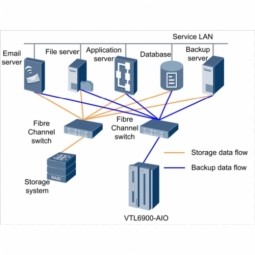 |
New Backup System Solves Legacy Problems
Midea's outdated IT infrastructure in some sites could no longer keep pace with company's growth, putting operational reliability at risk. The legacy data backup system could not backup at some production sites. Some sites were still using the x86 server’s local hard disks as the backup media, resulting in limited backup size. The existing backup system was inefficient. |
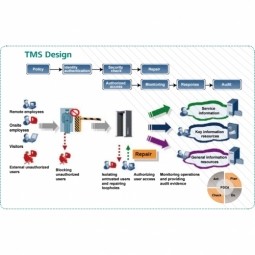 |
Carmaker Holds the Keys to Network Security
FAW-Volkswagen Automotive Company (FAW-VW) required a high number of communication terminals due to its rapid development. FAW-VW also faced challenges in security management, IT Operation and Maintenance (O&M) costs, and employees work efficiency. FAW-VW needed terminal security protection with reliable access control and user rights management and comprehensive network protection. |
 |
NB-IoT Boosts Smart Bike Sharing
Ofo Bike sharing company wanted to improve its user experience by providing seamless network connectivity to its users where they can locate bikes and pedal away quickly exactly when and where they need one, but challenge is to avoid frustration if user finds difficulties in finding bikes, unlocking the bikes and making payments |
Podcasts
|
IIC x IoT ONE Industrial IoT Spotlight Podcast EP034: How to sell IIoT solutions using testbeds – An Interview with Mitch Tseng of Huawei
Monday, Jun 11, 2018
*This episode of the Industrial IoT Spotlight Podcast is sponsored by the Industrial Internet Consortium How to think about building an IIoT solution to provide business value? How to communicate IIoT solutions to corporations who want to implement some “IoT stuff”? What is the role of organizations and associations in accelerating adoption of IIoT solutions? Mitch gives us an overview of the manufacturing quality management testbed at IIC in conjunction with Huawei and Haier. He also gives advice on the process of conceptualizing an IoT product, and how to best go to market with it.
Mitch is a managing member of Tseng InfoServ, and a distinguished consultant to Huawei at the IIC. He is also the co-chair of the IIC Innovation and Edge Computing task groups. Read More
|
Similar Suppliers
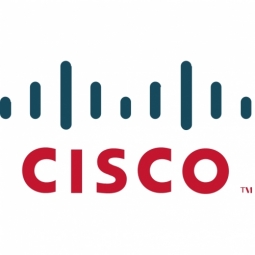 |
Cisco
Cisco designs and sells broad lines of products, provides services, and delivers integrated solutions to develop and connect networks around the world, building the Internet. Over the last 30 plus years, they have been the world’s leader in connecting people, things, and technologies - to each other and to the Internet - realizing their vision of changing the way the world works, lives, plays, and learns.Today, Cisco has over 70,000 employees in over 400 offices worldwide who design, produce, sell, and deliver integrated products, services, and solutions. Over time, they have expanded to new markets that are a natural extension of their core networking business, as the network has become the platform for automating, orchestrating, integrating, and delivering an ever-increasing array of information technology (IT)–based products and services.Subsidiaries/ Business Units: - Jasper - OpenDNS - CloudLock |
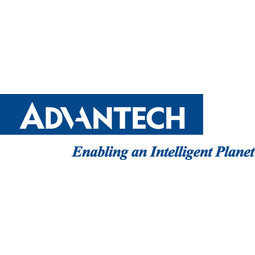 |
Advantech
Founded in 1983, Advantech is a leader in providing trusted innovative embedded and automation products and solutions. Advantech offers comprehensive system integration, hardware, software, customer-centric design services, and global logistics support; all backed by industry-leading front and back office e-business solutions. |
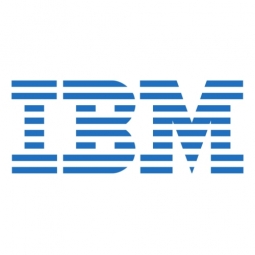 |
IBM
IBM is an American multinational technology and consulting corporation that manufactures and markets computer hardware, middleware, and software, and offers infrastructure, hosting, and consulting services in areas ranging from mainframe computers to nanotechnology. IBM is intent on leading the development of a global data field. |
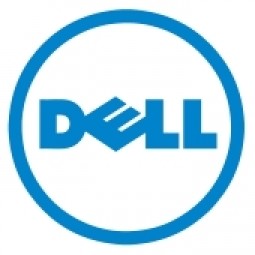 |
Dell Technologies
Dell Technologies is Dell, Dell EMC, Pivotal, RSA, SecureWorks, Virtustream, and VMware. We’re a collective force of innovative capabilities trusted all over the world to provide technology solutions and services that accelerate Digital Transformation. |
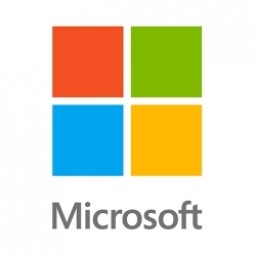 |
Microsoft
Microsoft develops, manufactures, licenses, supports and sells computer software, consumer electronics and personal computers and services. Its best known software products are the Microsoft Windows line of operating systems, Microsoft Office office suite, and Internet Explorer and Edge web browsers.Year Founded: 1975Revenue: $93.6 billion (2014)NASDAQ: MSFT |
Partners
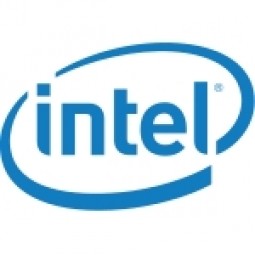 |
Intel
Intel designs, manufactures, and sells integrated digital technology platforms worldwide. The company's platforms are used in various computing applications comprising notebooks, desktops, servers, tablets, smartphones, wireless and wired connectivity products, Wearables, transportation systems, and retail devices. It offers microprocessors that processes system data and controls other devices in the system; chipsets, which send data between the microprocessor and input, display, and storage devices, such as keyboard, mouse, monitor, hard drive or solid-state drive, and optical disc drives; system-on-chip products that integrate its central processing units with other system components onto a single chip; and wired network connectivity products.Featured Subsidiaries/ Business Units:- Intel Inside- Intel Data Center Manager (DCM)- Saffron Technology- Wind River |
 |
IBM
IBM is an American multinational technology and consulting corporation that manufactures and markets computer hardware, middleware, and software, and offers infrastructure, hosting, and consulting services in areas ranging from mainframe computers to nanotechnology. IBM is intent on leading the development of a global data field. |
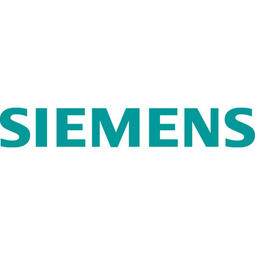 |
Siemens
Siemens is the largest engineering company in Europe. With their positioning along the electrification value chain, Siemens has the knowhow that extends from power generation to power transmission, power distribution and smart grid to the efficient application of electrical energy. Featured Subsidiaries/ Business Units: - Digital Factory - Siemens Technology to Business (TTB) |


